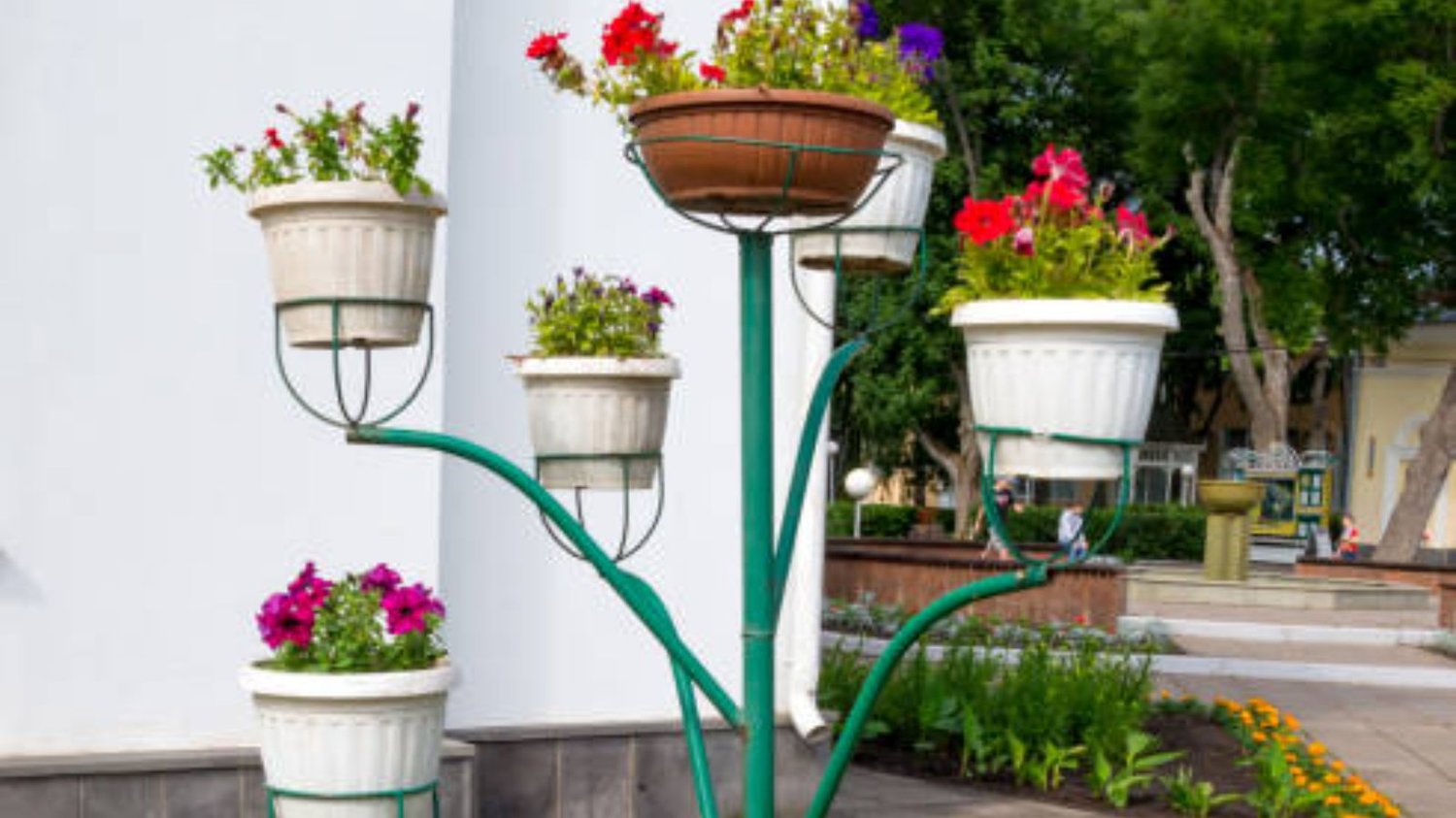Can ceramic withstand freezing temperatures??
When we talk about materials that can withstand harsh temperatures, ceramics is one of the first materials that come to mind. Ceramics are known for their ability to withstand heat, but what about freezing temperatures? In this article, we will explore whether ceramic can withstand freezing temperatures and what factors can affect this.
What is Ceramic?
Ceramic is a non-metallic and inorganic material that is known for its strong and durable properties. Ceramics are made by heating raw materials, such as clay, at high temperatures to create a hardened and brittle material. Ceramic can be found in various applications, from pottery to electronic components to building materials.
Freezing Temperatures and Ceramic
When it comes to freezing temperatures, ceramics can be more susceptible to damage than other materials. The reason for this is that ceramics have a low coefficient of thermal expansion, which means that they do not handle rapid temperature changes well. When ceramic is exposed to freezing temperatures, it can cause the material to contract quickly, which can lead to cracking or even shattering of the ceramic.
The Role of Glaze
One factor that can affect whether ceramic can withstand freezing temperatures is the type of glaze used on the ceramic. A glaze is a coating that is applied to the surface of ceramic to create a smooth and glossy finish and to make it more resistant to damage. Some types of glaze are more porous and can absorb water, which can lead to cracking when exposed to freezing temperatures. However, there are glazes that are specifically made to be resistant to freezing temperatures and can protect the ceramic from damage.
The Importance of Firing Temperature
The firing temperature of the ceramic can also play a role in whether it can withstand freezing temperatures. Generally, ceramics that are fired at higher temperatures are more durable and can handle temperature changes better than ceramics that are fired at lower temperatures. This is because high-fired ceramics have a denser structure, which makes them less porous and less susceptible to water damage.
Ceramic Applications in Cold Climates
Despite some of the challenges that ceramics can face when exposed to freezing temperatures, there are still many applications where ceramics are used in cold climates. For example, ceramic tiles are commonly used for flooring in areas where snow and ice are present. This is because the texture of the tile can provide traction and prevent slipping, and the glaze can protect the tile from water damage.
Care and Maintenance of Ceramic in Cold Climates
If you are using ceramic in a cold climate, it is important to properly care for and maintain the ceramic to prevent damage. This includes regularly cleaning the ceramic to prevent the buildup of ice and snow, avoiding using chemicals or salt-based de-icers on the ceramic, and taking measures to protect the ceramic from extreme temperature changes.
Alternatives to Ceramic in Cold Climates
If you are looking for a material that is more resistant to freezing temperatures than ceramic, there are alternatives available. For example, materials like porcelain and stoneware are fired at even higher temperatures than ceramic and are known for their durability and resistance to damage.
The Bottom Line
While ceramics can be more vulnerable to damage when exposed to freezing temperatures, their durability and wide range of applications make them a popular choice in cold climates. By understanding the factors that can affect the performance of ceramic in freezing temperatures and taking proper care of the material, you can enjoy the benefits of ceramic in any climate.

